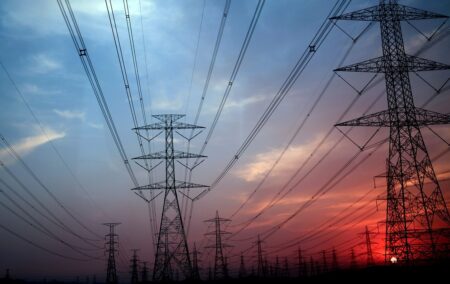Eskom’s failure to invest in upgrading and expanding its grid is down to political problems, a lack of skills, and inefficient procurement and not a lack of financing, energy analyst Chris Yelland told Newzroom Afrika.
Yelland said the grid was not dilapidated, but it had been neglected as money had been diverted to Medupi and Kusile.
Despite the transmission grid performing well, it’s coming under increasing pressure as new generation capacity is built and connected to it.
The utility needs to build new substations and upgrade existing infrastructure. It aims to build 14,000 km of transmission lines.
Eskom will need R100 billion in the 2025 financial year to execute the plan. This amount will increase annually to R170 billion in 2029.
The plan, from 2021 to 2029, was initially expected to require R372 billion; this increased as the private sector rolled out large-scale renewable energy projects in areas with little to no grid capacity.
Due to the political problems surrounding Eskom, the private sector doesn’t think these projects are financially viable and won’t commit capital to them.
Energy expert Hilton Trollip anticipates further resistance to the unbundling of Eskom, to the country’s detriment.
Eskom controls this entire value chain, apart from some municipalities.
Trollip says that this kind of setup was fine when we just had big, central coal-fired plants. In the last two decades, other technologies have become available such as gas and renewables, which threatens to upend this system.
These new technologies have been trying to connect to the grid through private sector companies, but have faced resistance from Eskom’s generation division and from politicians.
‘As soon as we can get an open-access transmission grid, there are queues of private sector companies wanting to supply electricity. That will reinvigorate the whole sector.’
[Image: Ashraf Chemban from Pixabay]

